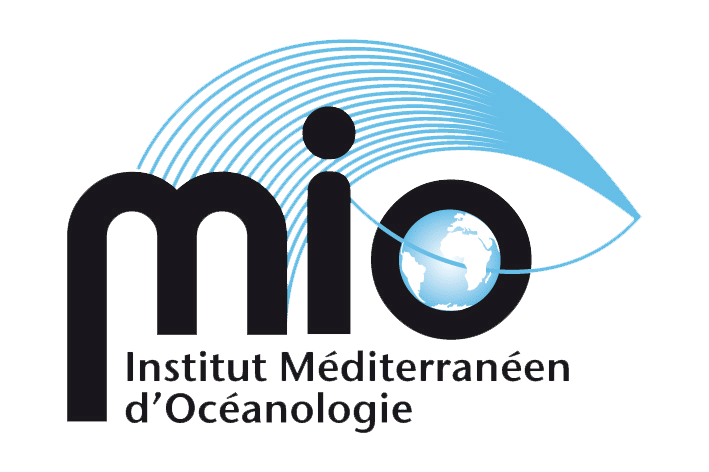Marine microorganisms in the Anthropocene era
Marine microbial diversity and functions vary in space and time according to their biotic and abiotic environments. As an integral part of this environment, humans exert a range of pressures and disturbances on the marine environment, both on a global scale (climate change) and a local scale (chemical pollution). Continued development in the coastal zone generates a great deal of pollution, to which marine micro-organisms and the communities they form must adapt. Given the multiplicity of anthropogenic pressures being exerted simultaneously, establishing the hierarchy of natural and anthropogenic constraints on microbial communities and their functions is a major challenge of the Anthropocene, in addition to elucidating the interactions between microbial species and specific chemical contaminants.
On the basis of the taxonomic, functional and ecological descriptions that are the subject of the two previous research themes, the MEB team will contribute to understanding these anthropogenic impacts by looking for sensitivity markers within pelagic and benthic microbial communities or those associated with other organisms. Given the multiplicity of anthropogenic pressures that can be exerted simultaneously, for example in port areas, the team will develop multi-OMICS approaches to establish a hierarchy of natural and anthropogenic pressures exerted on a given ecosystem on the basis of the genetic potential, dynamics and functioning of the microbial community that it harbours. Particular attention will be paid to the impact of specific human activities on microbial communities, such as the dredging of port sediments, mining discharges and aquaculture. The mechanisms of adaptation and dissemination of resistance to specific chemical contaminants (e.g. metals, metalloids, hydrocarbons, phytosanitary products and antibiotics) will be studied via a combination of studies at community level and on cultivated models. A model-based approach will also be favoured to highlight the specific responses of species to combinations of global changes (warming, particularly in sentinel zones at high latitudes) and local changes (metal contamination). The knowledge acquired on resistance mechanisms and determinants will be used to assess the potential of biotic interactions to protect phytoplankton in the presence of bacteria adapted to various toxic chemical contaminants, and also to understand and anticipate changes in anthropised natural ecosystems.
This research will draw on the expertise of the OMICSBiogenic Elements in Oceanography and Oceanography PRECYM and the joint service Radioactivity. The team's expertise in describing microbial diversity and dynamics will serve as a basis for collaboration with the CEM and EMBIO to assess the microbial contribution to the transfer of contaminants between marine compartments (sediment, water, biota).




